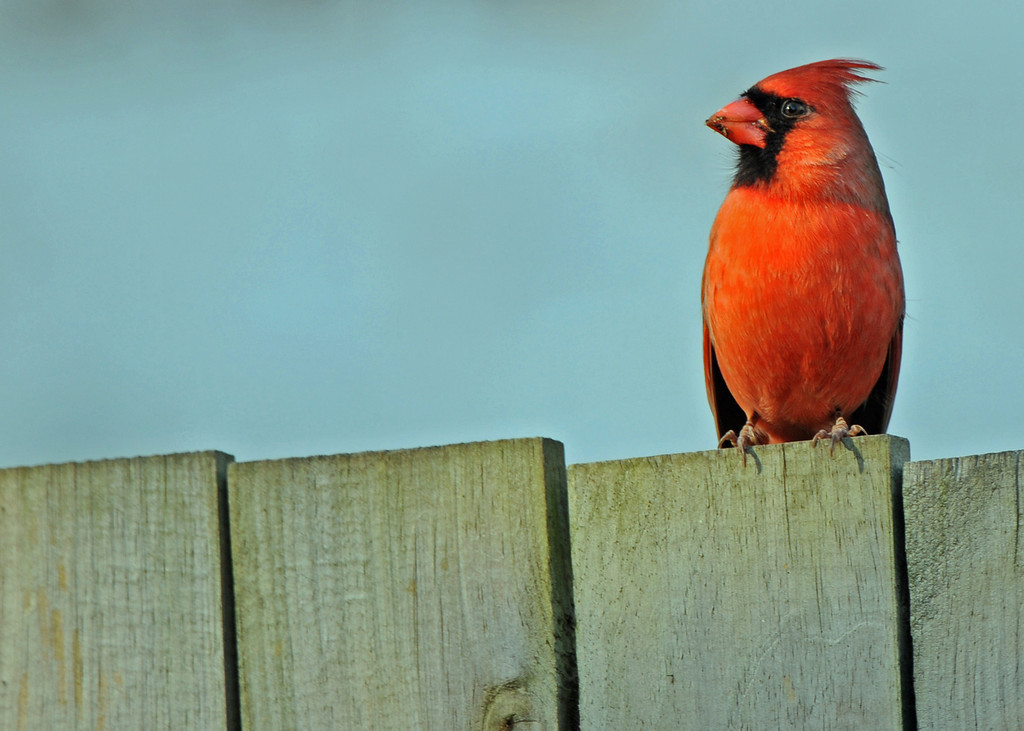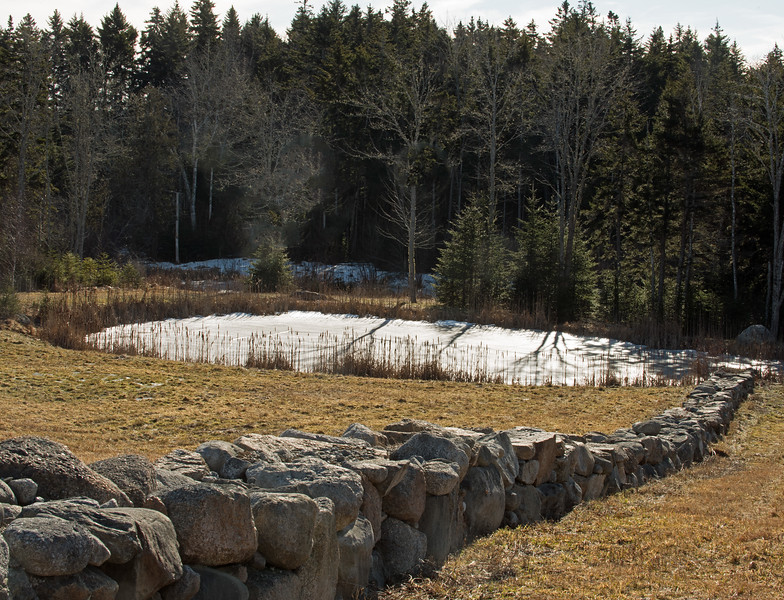Yesterday, Punxsutawney Phil predicted a long winter. We don’t have our own Town Rodent to confirm this for Brooklin, but we don’t need one: we always have a long winter. Whether that’s bad depends on your attitude. For example, it snowed a pretty snow here most of Thursday and yesterday morning, then turned beautifully sunny yesterday afternoon and today.
Yesterday morning, while annoying for some, was beautiful for others: Mostly fine snow arrived in rippling white veils; toward noon, the sun tried to break the snow’s will with piercing beams of soft light that silverized the landscape. As the snow valiantly fought a losing battle with the sun, the tide came home strong and very high. The image above is of the steadfast Town Dock during all that. Below, we see several feet of water submerging the nearby beach and rocks as it snowed.
(Brooklin, Maine)























































































